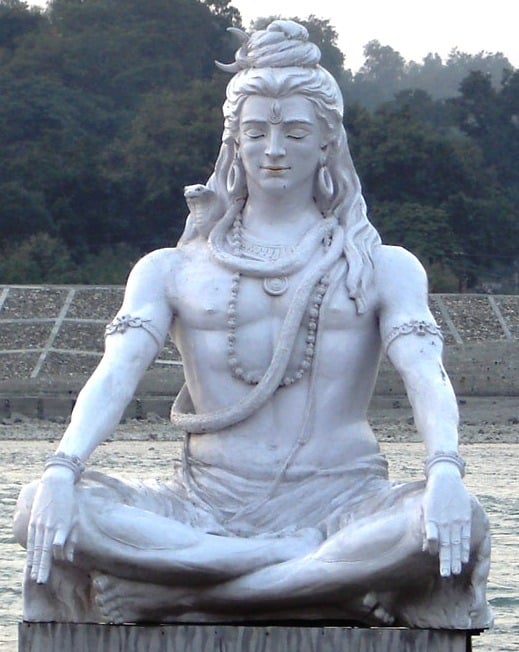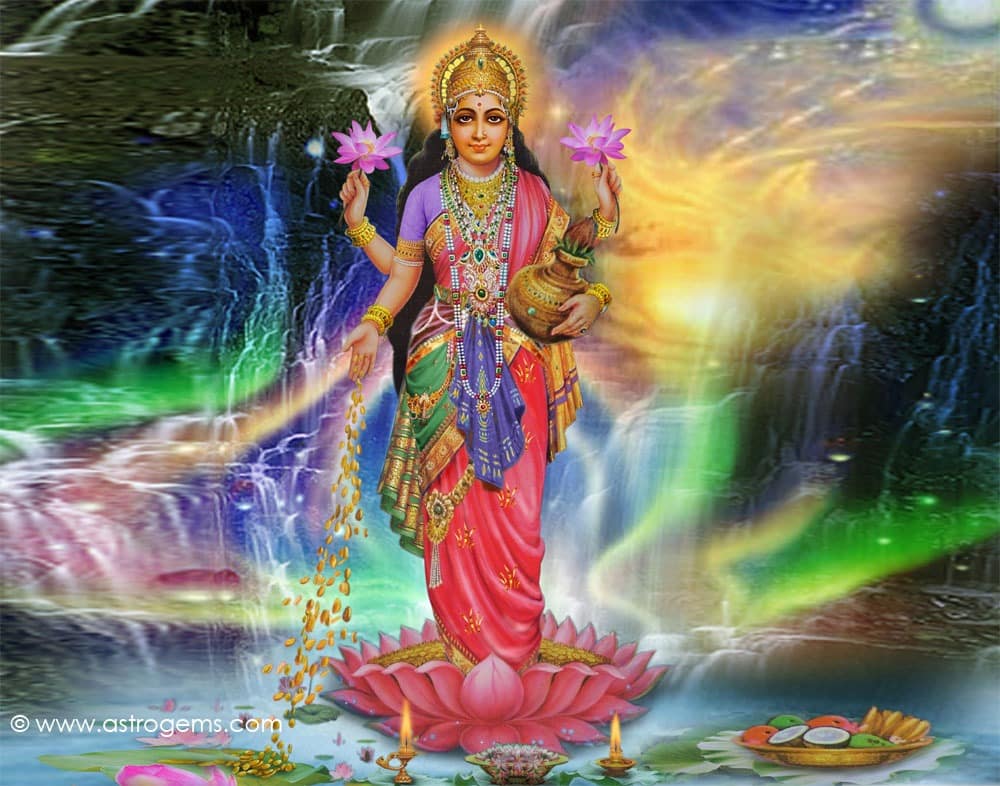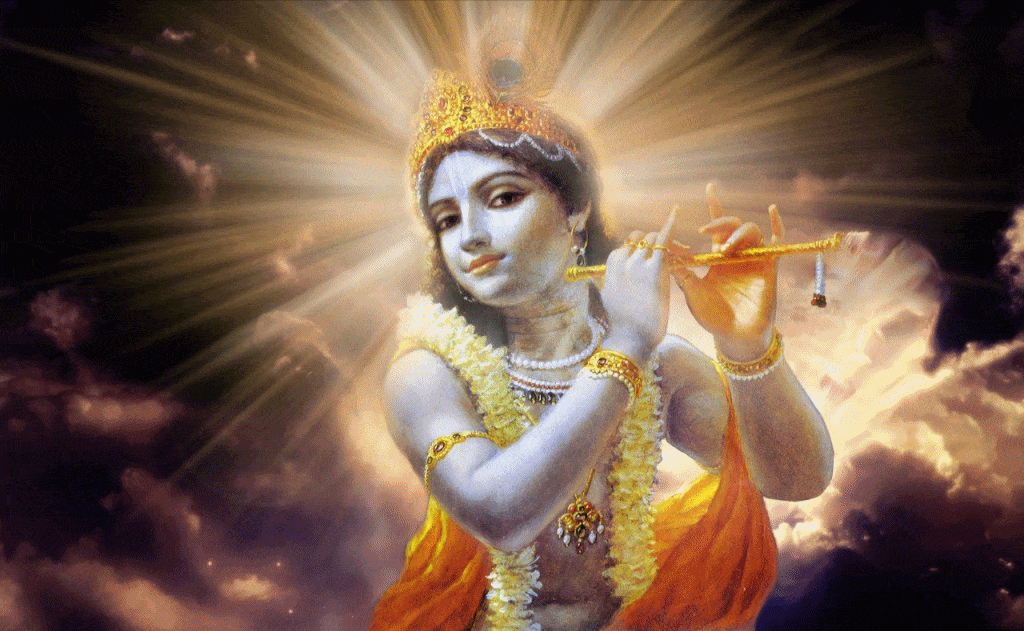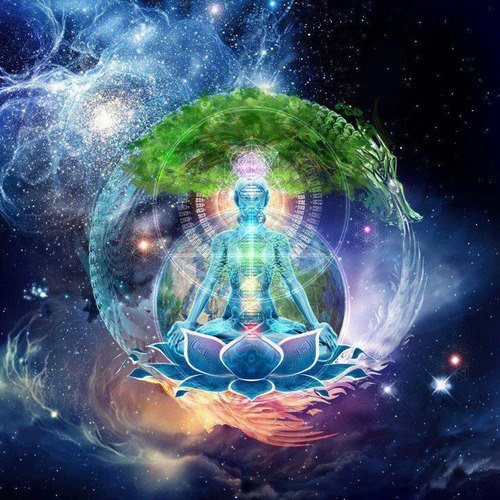Shiva’s Freedom
Death is the ultimate freedom. This is Shiva’s gift to all of life. Mahadeva, or the supreme deity, also known as Shiva is the destroyer and transformer of all of life. He is limitless, unchanging, eternal, formless, and the ultimate yogi; one who has joined with the death of all things. Shiva is often displayed … Read more




